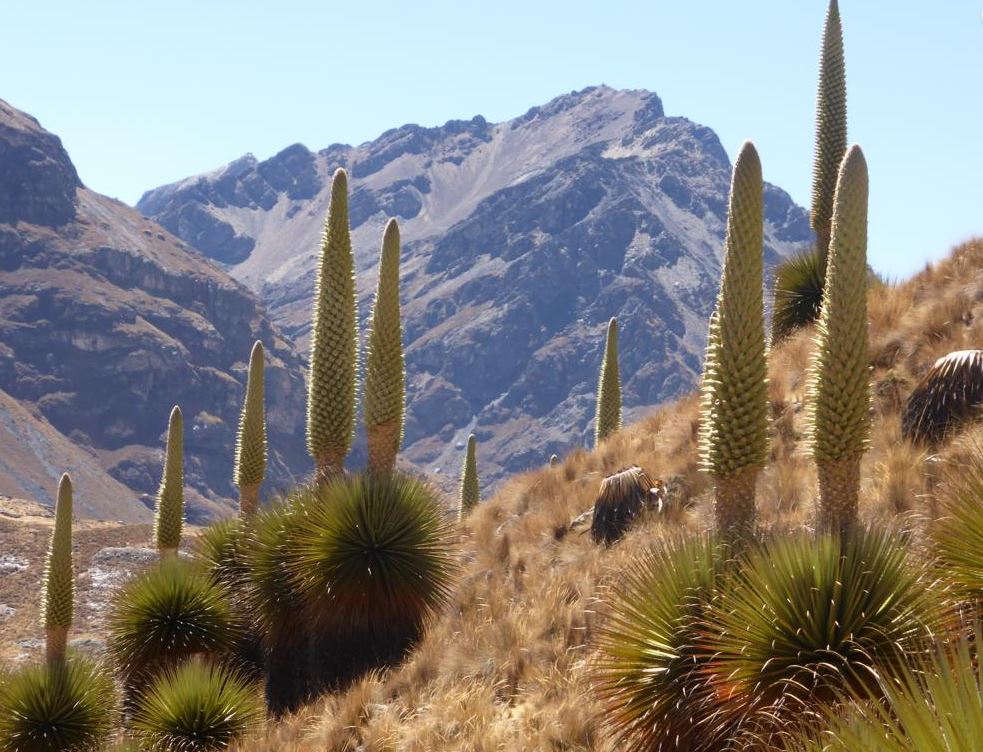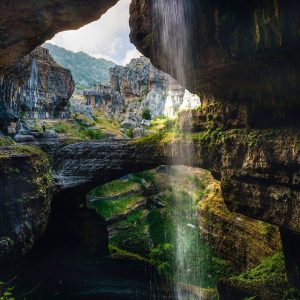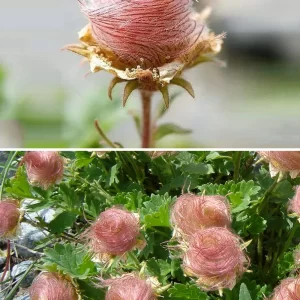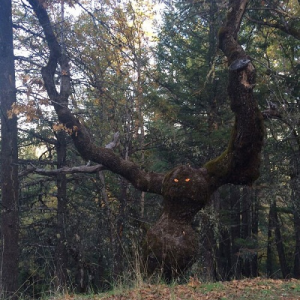
The “Queen of the Andes,” scientifically known as Puya raimondii, is a magnificent and awe-inspiring bromeliad that holds the title for being the world’s largest of its kind. Standing tall at over 30 feet, this remarkable plant captivates all who encounter its majestic presence. Native to the high-altitude regions of the Andes Mountains in South America, the Queen of the Andes possesses an extraordinary life cycle, making it even more exceptional.

One of the most captivating aspects of this bromeliad is its blooming pattern. Unlike most plants that bloom annually or even more frequently, the Queen of the Andes defies expectations and flowers only once in a century. This remarkable phenomenon adds an air of mystique and rarity to an already magnificent plant. The anticipation leading up to its bloom is palpable, as enthusiasts and nature lovers eagerly await the magical moment when this botanical wonder bursts into a breathtaking display of beauty.

When the time finally arrives for the Queen of the Andes to bloom, it produces an impressive flowering spike that can reach up to 30 feet in height. The spike is adorned with a multitude of vibrant, tubular-shaped flowers that range in color from shades of purple and pink to yellow and green. This burst of color against the stark Andean landscape is a sight to behold, drawing attention from afar and attracting various pollinators, such as hummingbirds and bees.

The lifecycle of the Queen of the Andes is a testament to the resilience and adaptability of nature. It typically takes around 80 to 150 years for the plant to reach maturity and finally bloom. During this time, it forms a large rosette of thick, spiky leaves that serve as protection against harsh weather conditions and herbivores. These leaves can measure up to six feet in length, further adding to the grandeur and splendor of this extraordinary plant.

After the Queen of the Andes completes its once-in-a-century blooming cycle, it undergoes a fascinating process. The flowering spike eventually produces thousands of small seeds, ensuring the survival and propagation of the species. Once the seeds are dispersed, the plant itself dies, leaving behind a legacy of beauty and wonder.

Sadly, the Queen of the Andes faces threats to its survival in its natural habitat. Climate change, habitat destruction, and illegal collection for horticultural purposes pose significant challenges to the conservation of this extraordinary species. Efforts are being made to protect and preserve the Queen of the Andes, including the establishment of protected areas and raising awareness about its ecological importance.

The Queen of the Andes serves as a reminder of the incredible diversity and marvels that exist within the natural world. Its rare blooming cycle and towering stature make it a true wonder of nature. As we strive to safeguard the future of this remarkable bromeliad, we must also recognize the importance of preserving and cherishing the biodiversity that surrounds us. The Queen of the Andes stands as a symbol of the awe-inspiring beauty and fragility of our planet, reminding us of our responsibility to be stewards of the natural world.





